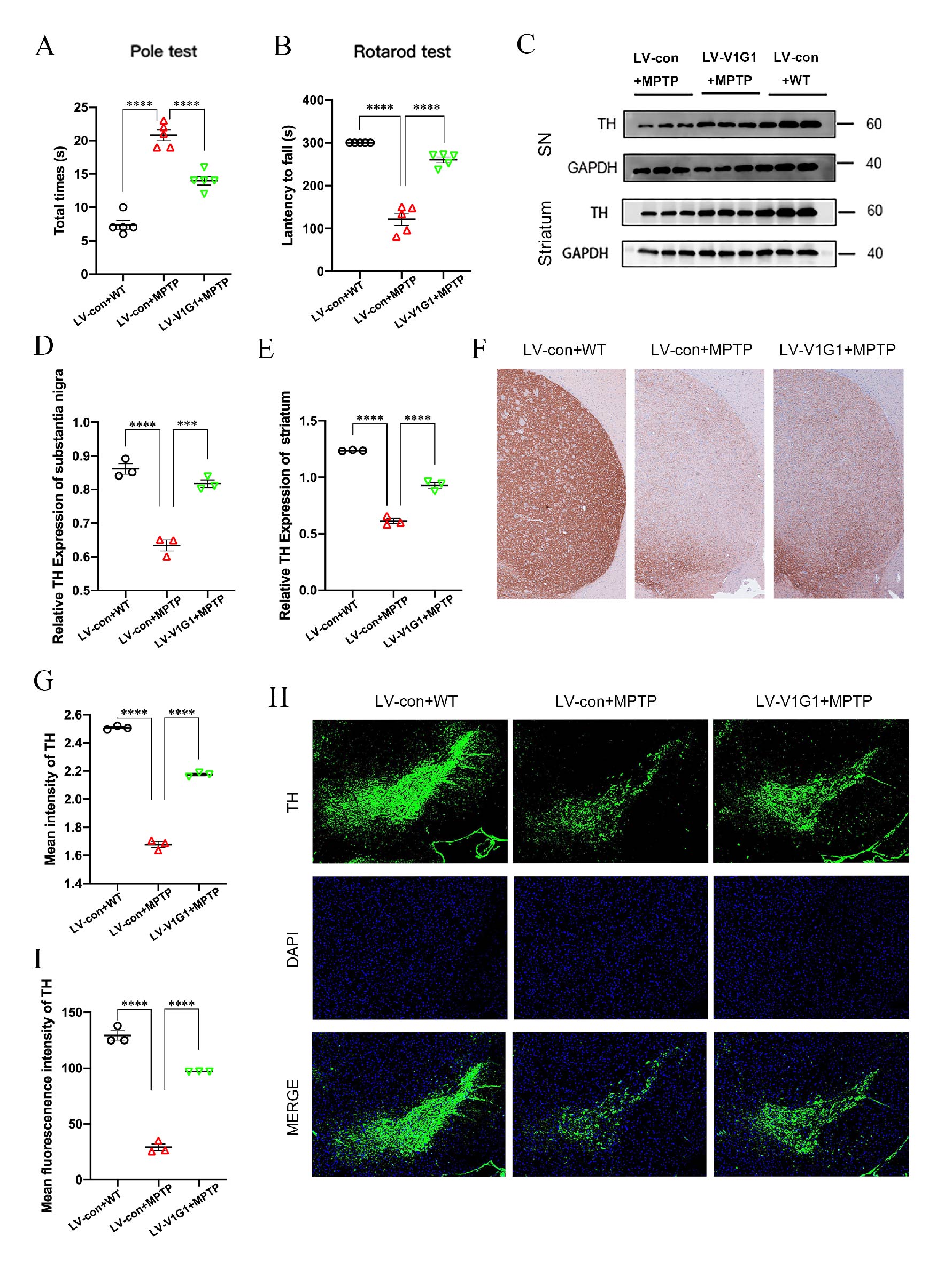Category: Parkinson's Disease: Pathophysiology
Objective: Elucidating the role of lysosomal dysfunction due to altered stability and expression levels of V-type proton ATPase subunit G (V1G1) in the degradation and propagation of pathological protein α-syn.
Background: Parkinson’s disease (PD) is characterized by the loss of dopaminergic neurons in the pars compacts of the substantia nigra (SNPC) as well as the extensive aggregation of α-synuclein (α-syn) in the injured neurons and the formation of Lewy bodies. Whereas lysosomes are well-known organelles responsible for the removal of aberrant aggregated proteins, their normal physiological function is dependent on an appropriate range of pH, which is highly dependent on the V-ATPases acting as proton pumps to pump protons into the lysosomal lumen. Therefore, alterations in the stability and expression level of V1G1, as one of the subunits of the cytoplasmic V1 portion of the v-ATPase, may impair the activity of the v-ATPase, which is involved in the degradation and propagation of α-syn by regulating lysosomal PH. Thus, V1G1 overexpression may play a neuroprotective role via acidification of lysosomes and enhanced degradation of α-syn.
Method: A PD mouse model was established via injection with 1-methyl-4-phenyl-1,2,3,6-tetrahydropyridine (MPTP) into mice. A lentiviral-mediated strategy to overexpress ATP6V1G1 in the brain of MPTP-treaded mice was employed. Motor coordination was assessed using rotarod and pole tests, and neurodegeneration in the mouse substantia nigra (SN) and striatum tissues was determined using immunofluorescence histochemical (IHC) and western blotting (WB) of tyrosine hydroxylase.
Results: We found that V1G1 overexpression partially reversed the impaired motor function of mice in the MPTP group in both the rotated rod and the pole test experiments. WB, IHC, and immunofluorescence experiments all showed that V1G1 overexpression effectively reversed the loss of dopaminergic neurons in the SN and striatum. In brief, V1G1 overexpression conferred the mice neuroprotection during MPTP exposure.
Conclusion: Pathogenic protein accumulation is a key feature of PD and compromised V-type ATPase dysfunction might participate in PD pathogenesis. V1G1 overexpression protects against neuronal toxicity in an MPTP-based PD mouse model, which may provide opportunities to develop novel therapeutic interventions for PD treatment.
V1G1 overexpression attenuates MPTP neurotoxicity
To cite this abstract in AMA style:
YIM. Wang, Y. Li, Y. Xia, L. Kou, T. Wang. V-ATPase subunit V1G1 overexpression conferred the mice neuroprotection during MPTP exposure [abstract]. Mov Disord. 2024; 39 (suppl 1). https://www.mdsabstracts.org/abstract/v-atpase-subunit-v1g1-overexpression-conferred-the-mice-neuroprotection-during-mptp-exposure/. Accessed May 9, 2025.« Back to 2024 International Congress
MDS Abstracts - https://www.mdsabstracts.org/abstract/v-atpase-subunit-v1g1-overexpression-conferred-the-mice-neuroprotection-during-mptp-exposure/

